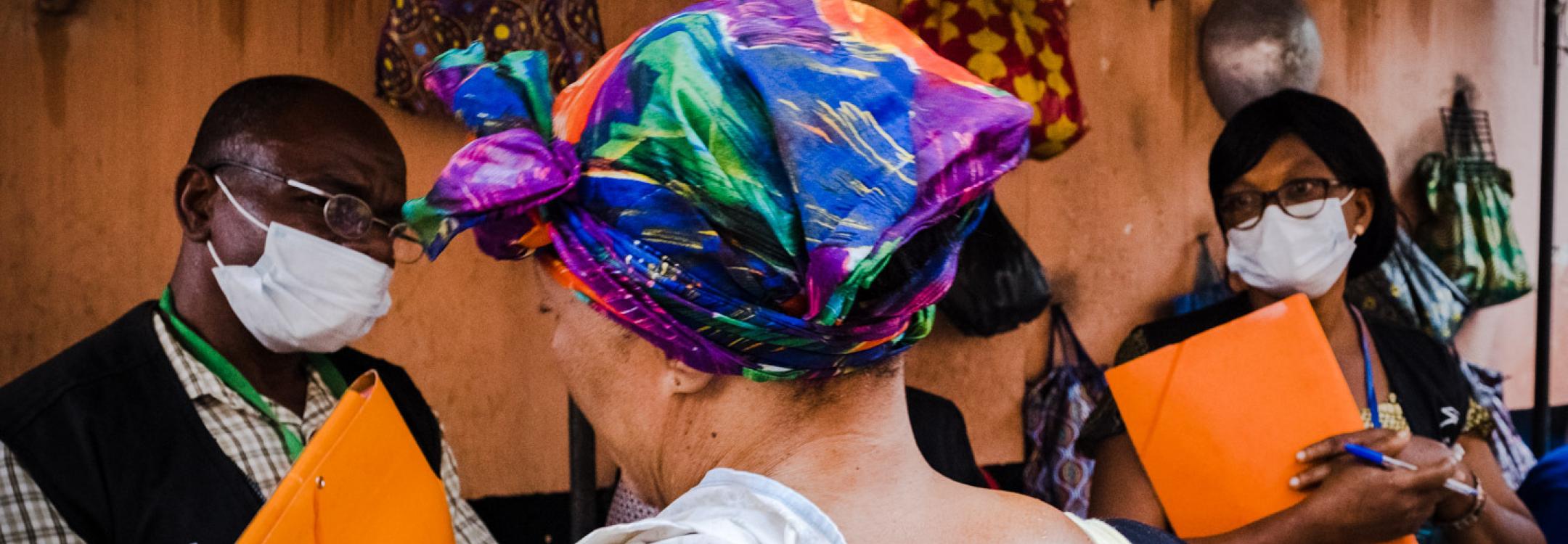What level of NPM autonomy for NHRIs?
In discussing NPM models there is sometimes confusion around terms like independence and autonomy. For the purposes of this toolkit, independence means being independent of those institutions you are tasked to oversee – for example the detaining authorities and related ministries. NHRIs, particularly those that comply with the Paris Principles, are usually independent. Autonomy, on the other hand, refers to the ability of different departments within an institution to make decisions and carry out their work in an efficient and effective manner, free from undue interference. As noted above, for NHRIs that have been designated as NPMs, this usually means creating a specific department, headed by a senior figure, to conduct NPM work, free from undue intervention in visits, planning, reports and recommendations.
Whatever the model chosen, however, an NPM unit or department will nevertheless need to work closely with other departments in order to be effective (see section 3 above).
NHRIs will also need to identify and develop clear procedures in relation to who will be in charge of NPM work and the different layers of hierarchy involved – this includes deciding who has the final say on key issues, such as what is in reports and recommendations. In some institutions, one member or deputy ombudsman is chosen as head of NPM. In others, a member or deputy may be in charge of several departments, including, for example, the NPM and the department responsible for complaints and investigations – an approach that may lead to useful synergies between departments with related mandates. In a small number of cases the NPM law itself mandates the creation of a specific department and defines the NPM hierarchy and how it is selected.
Once the hierarchy is established, it may be useful for the leadership of the institution as a whole to regularly participate in visits to places of deprivation of liberty, as well as in pre and post visit briefings and dialogue with the authorities. This is important for ensuring that institutional leadership fully understands the work of the NPM, as well as giving the NPM additional institutional weight, including during dialogue with the authorities.
